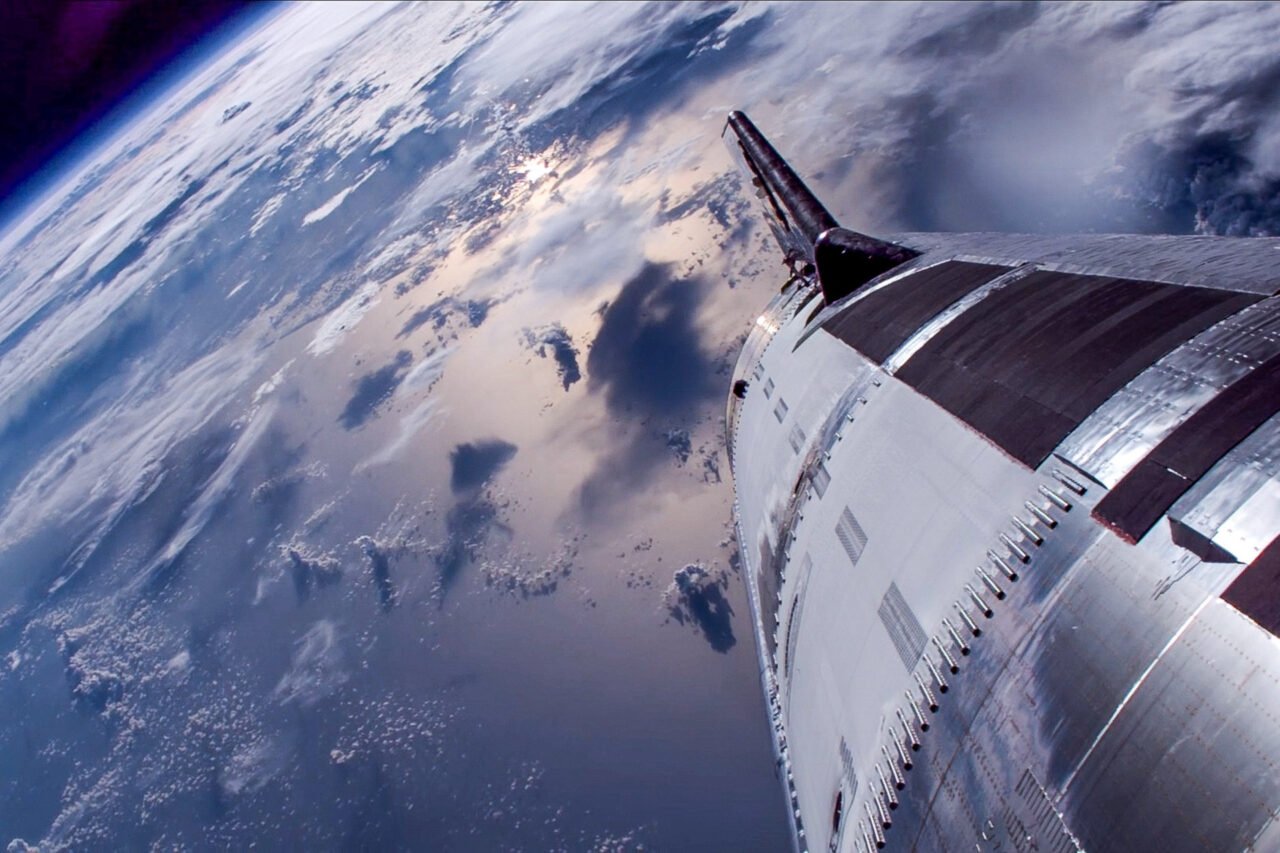Science
SpaceX Prepares for Final Starship Test Flight of 2023

SpaceX is set to launch its Starship megarocket in what will be its final test flight of 2023. The launch, designated Flight 11, is scheduled for **October 13, 2023**, with a window opening at **19:15 Eastern Time**. This flight marks a significant milestone as it will be the last for the current iteration of Starship, known as Version 2, if everything proceeds as planned.
The launch will take place at the company’s facility in **Boca Chica, Texas**. SpaceX plans to livestream the event starting approximately **30 minutes before liftoff** on its website and social media platforms. Viewers can also access third-party webcasts for the event.
A Pivotal Moment for SpaceX
In recent updates, SpaceX shared images of its Super Heavy booster at the launch site, paired with the upper stage of the Starship. Standing at about **400 feet (122 meters)** tall, Starship is recognized as the largest and most powerful rocket ever constructed. Looking ahead, CEO **Elon Musk** announced that the next iteration, Version 3, will be even larger, capable of transporting **100 tons (363 metric tons)** to orbit, with its inaugural flight projected for early **2026**.
Before advancing to Version 3, however, SpaceX requires a successful outcome from this final test of Version 2. The previous test, Flight 10, which took place in August, concluded successfully, following a series of earlier failures that had hindered the program’s progress.
Flight Plan and Objectives
For Flight 11, Starship will follow a flight path akin to its predecessor but with adjustments aimed at stress-testing its systems. The Super Heavy booster is expected to splash down in the **Gulf of Mexico**. Meanwhile, the upper stage will follow a suborbital trajectory before reentering the atmosphere for a water landing in the **Indian Ocean**.
This test flight will serve multiple objectives, including the deployment of eight dummy Starlink satellites and the relighting of one of the Raptor engines. Notably, SpaceX has removed several ceramic tiles from the heat shield to further evaluate the rocket’s thermal protection capabilities.
Furthermore, unlike Flight 10, this mission will incorporate a “dynamic banking maneuver” during the reentry phase. This maneuver is intended to simulate the future return trajectory to Starbase. The booster will also execute a new landing burn engine configuration, a critical element for the next generation of Super Heavy rockets. Specifically, it will ignite **13 of its 33 engines** to commence the burn, switch to **five engines** for trajectory adjustments, and finally use **three center engines** during the concluding burn stage.
The booster selected for this launch has proved its reliability by successfully flying on Flight 8 in March, and **24 of its Raptor engines** are also flight-proven. This will mark the second reuse of a Super Heavy booster, underscoring SpaceX’s emphasis on rapid reusability.
As the company faces increasing pressure to meet development milestones for the Starship program, this upcoming launch is crucial for the future of its ambitious space endeavors. With anticipation building, the industry and space enthusiasts alike are keenly watching this pivotal moment in SpaceX’s journey.
-

 Technology4 months ago
Technology4 months agoDiscover the Top 10 Calorie Counting Apps of 2025
-

 Health2 months ago
Health2 months agoBella Hadid Shares Health Update After Treatment for Lyme Disease
-

 Health3 months ago
Health3 months agoErin Bates Shares Recovery Update Following Sepsis Complications
-

 Technology3 weeks ago
Technology3 weeks agoDiscover 2025’s Top GPUs for Exceptional 4K Gaming Performance
-

 Technology2 months ago
Technology2 months agoElectric Moto Influencer Surronster Arrested in Tijuana
-

 Technology4 months ago
Technology4 months agoDiscover How to Reverse Image Search Using ChatGPT Effortlessly
-

 Technology4 months ago
Technology4 months agoMeta Initiates $60B AI Data Center Expansion, Starting in Ohio
-

 Technology4 months ago
Technology4 months agoRecovering a Suspended TikTok Account: A Step-by-Step Guide
-

 Health4 months ago
Health4 months agoTested: Rab Firewall Mountain Jacket Survives Harsh Conditions
-

 Lifestyle4 months ago
Lifestyle4 months agoBelton Family Reunites After Daughter Survives Hill Country Floods
-

 Technology3 months ago
Technology3 months agoUncovering the Top Five Most Challenging Motorcycles to Ride
-

 Technology4 weeks ago
Technology4 weeks agoDiscover the Best Wireless Earbuds for Every Lifestyle




















